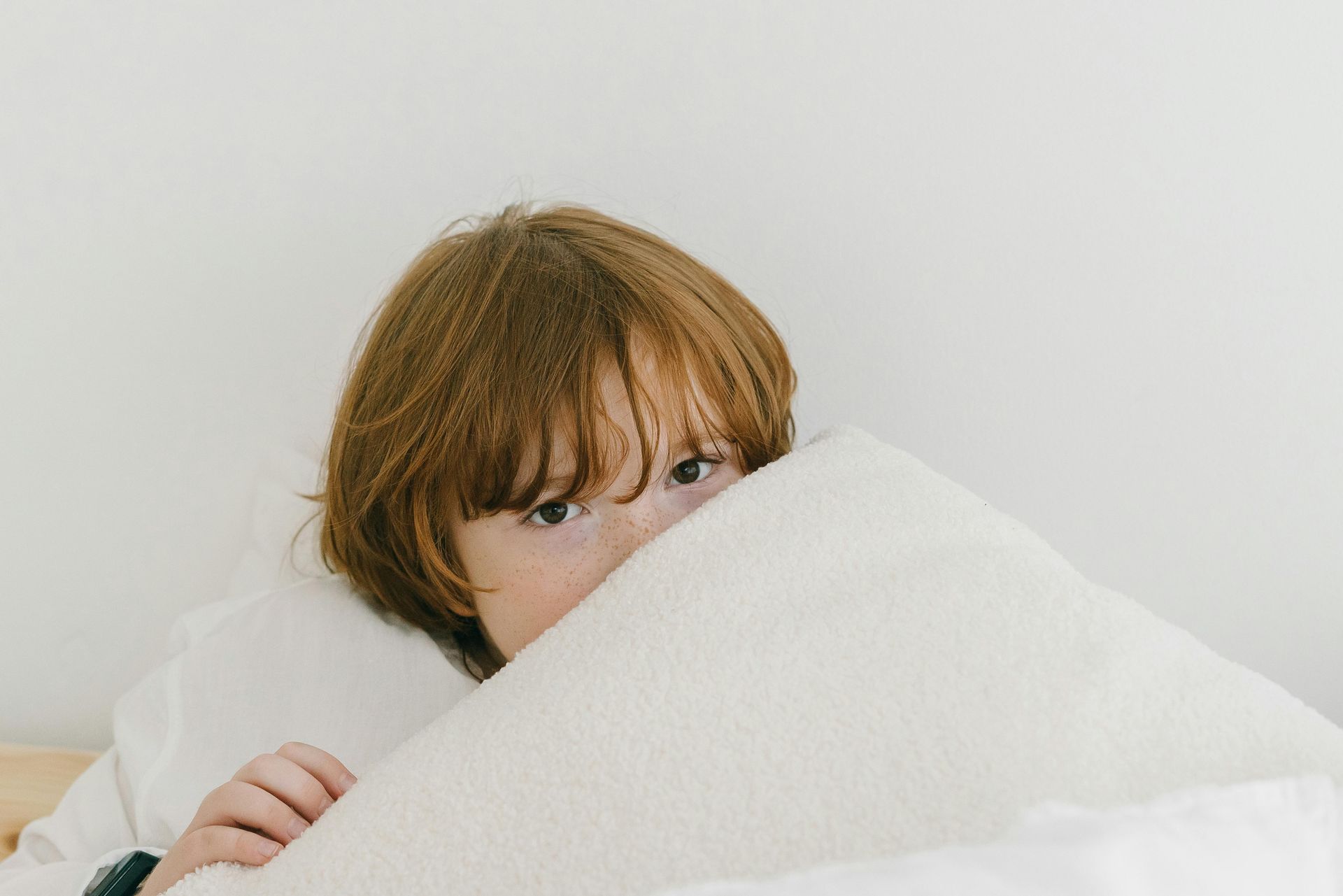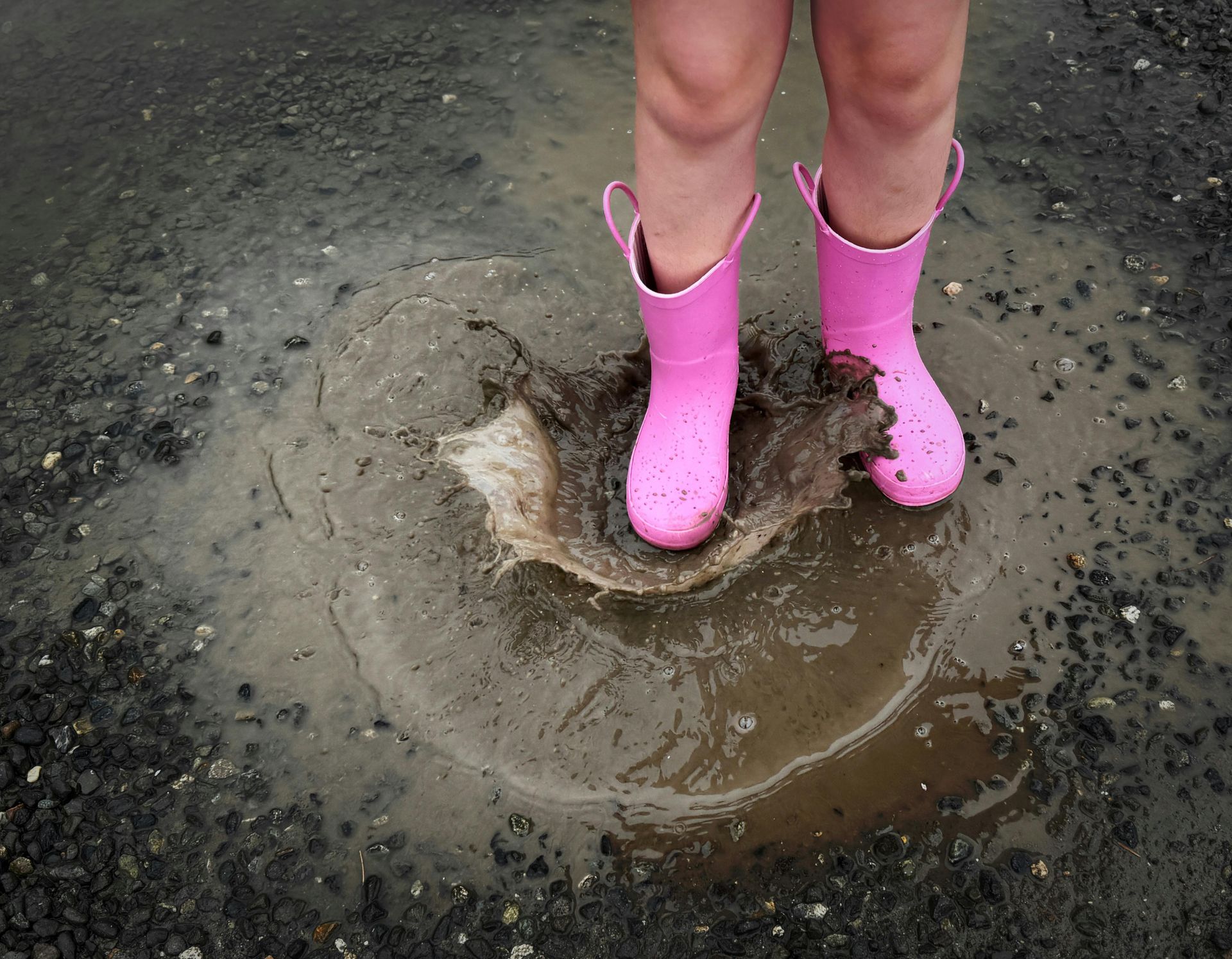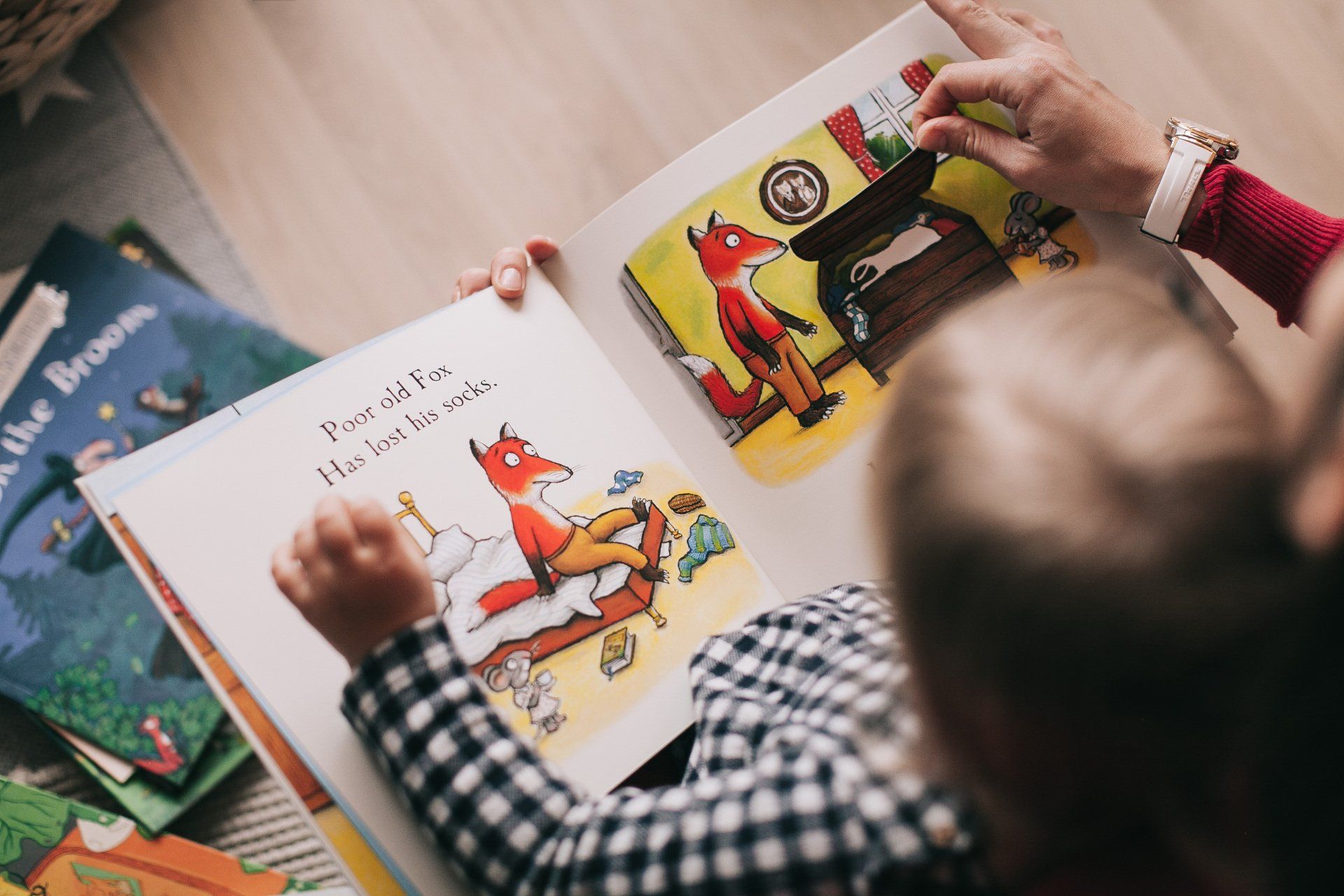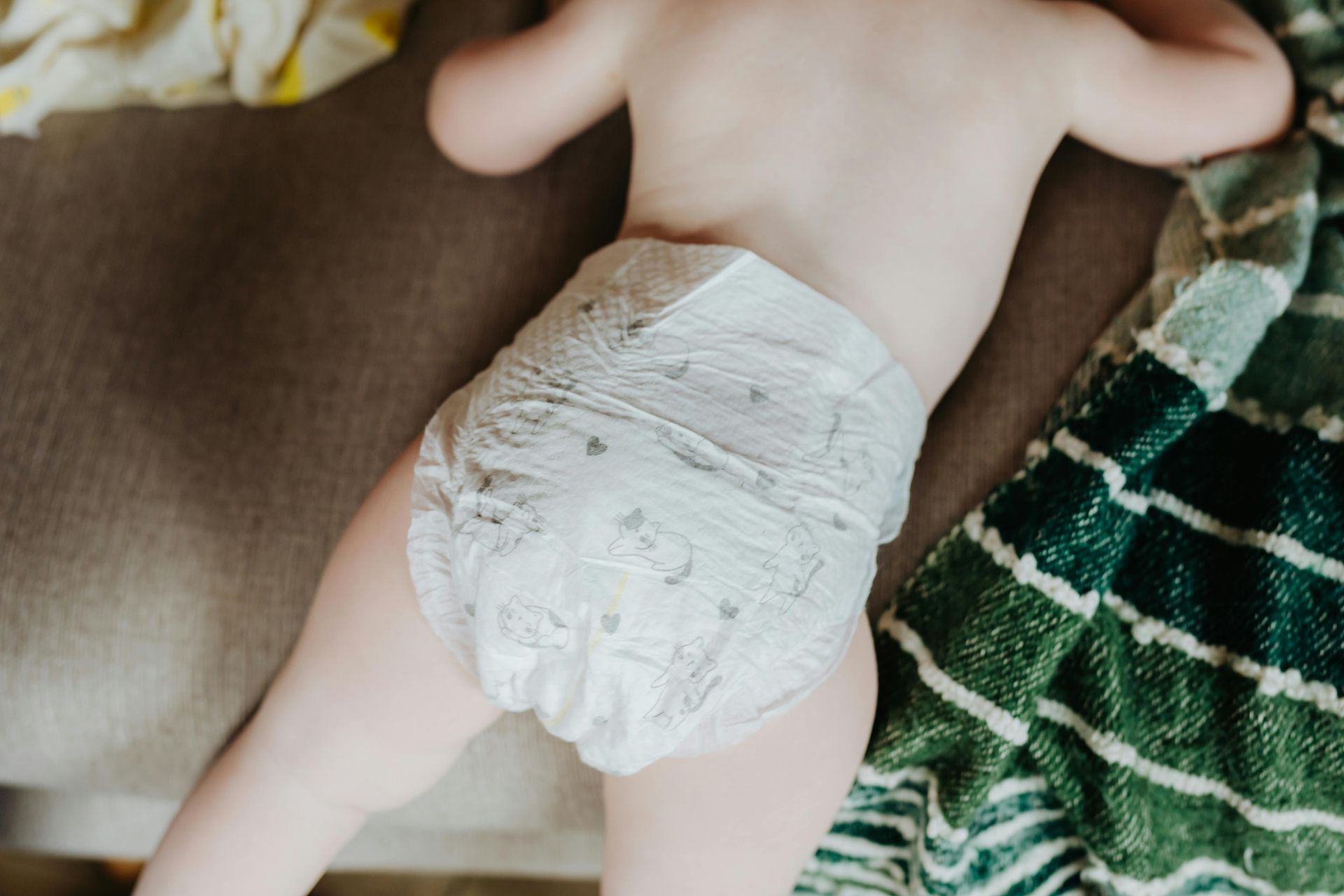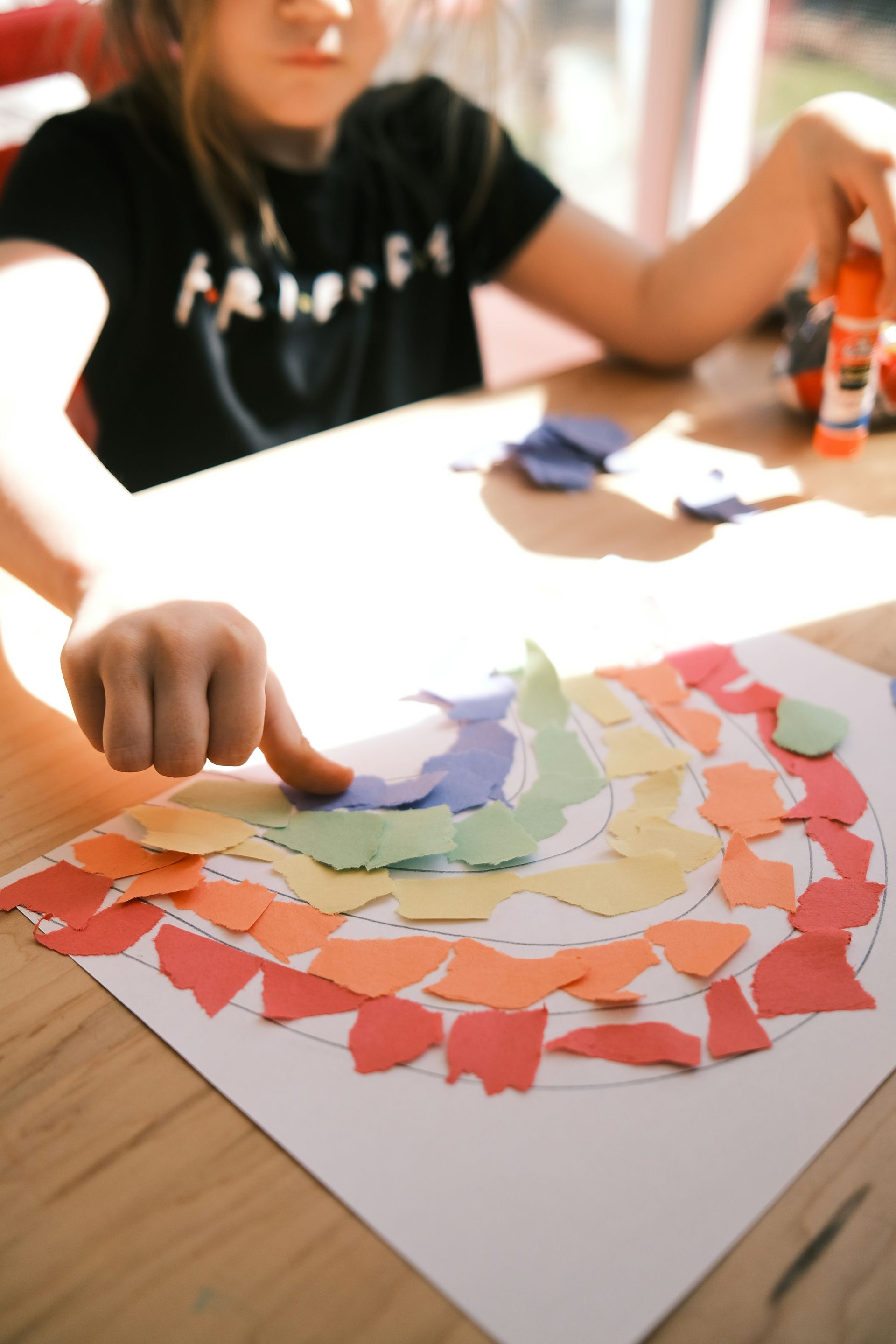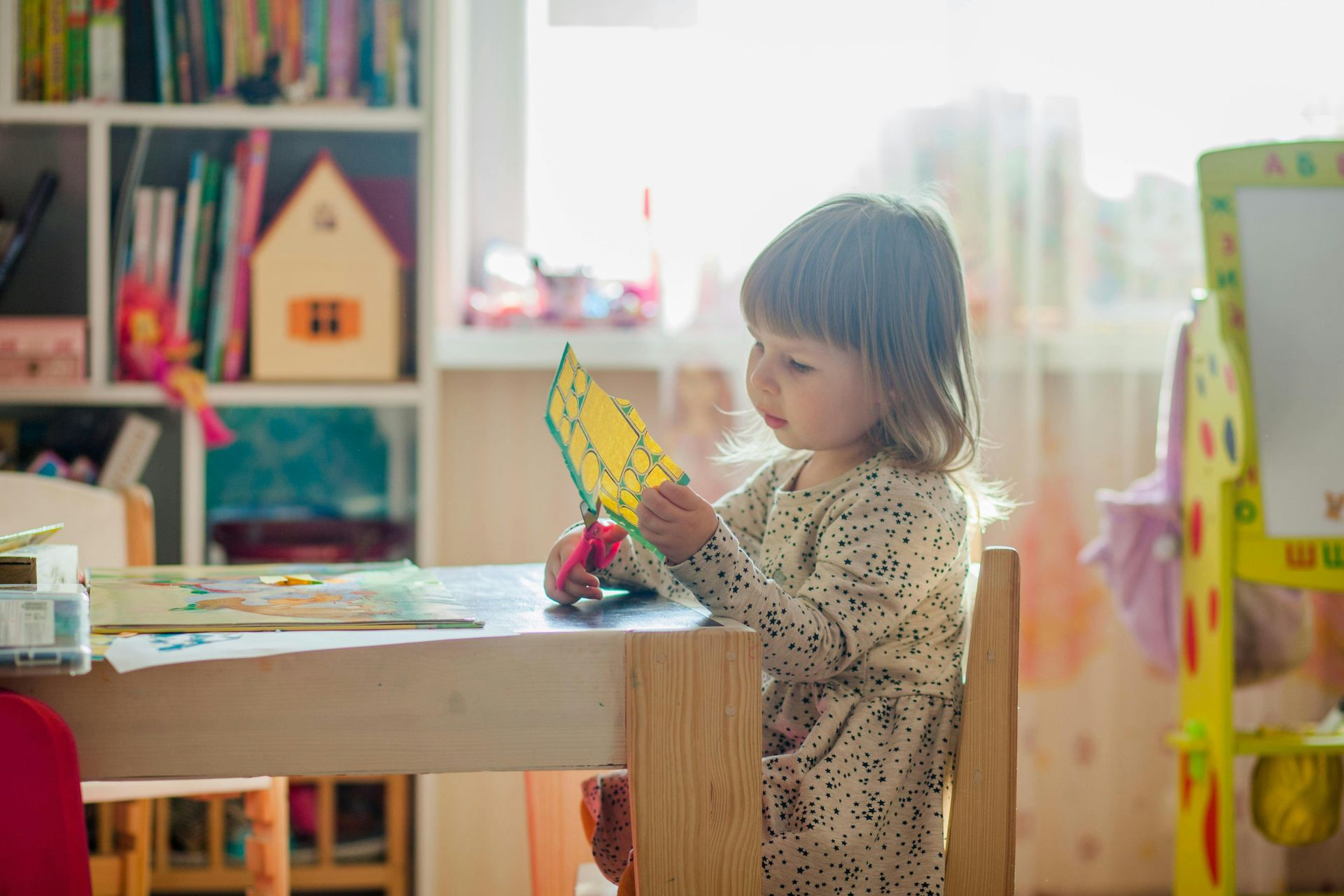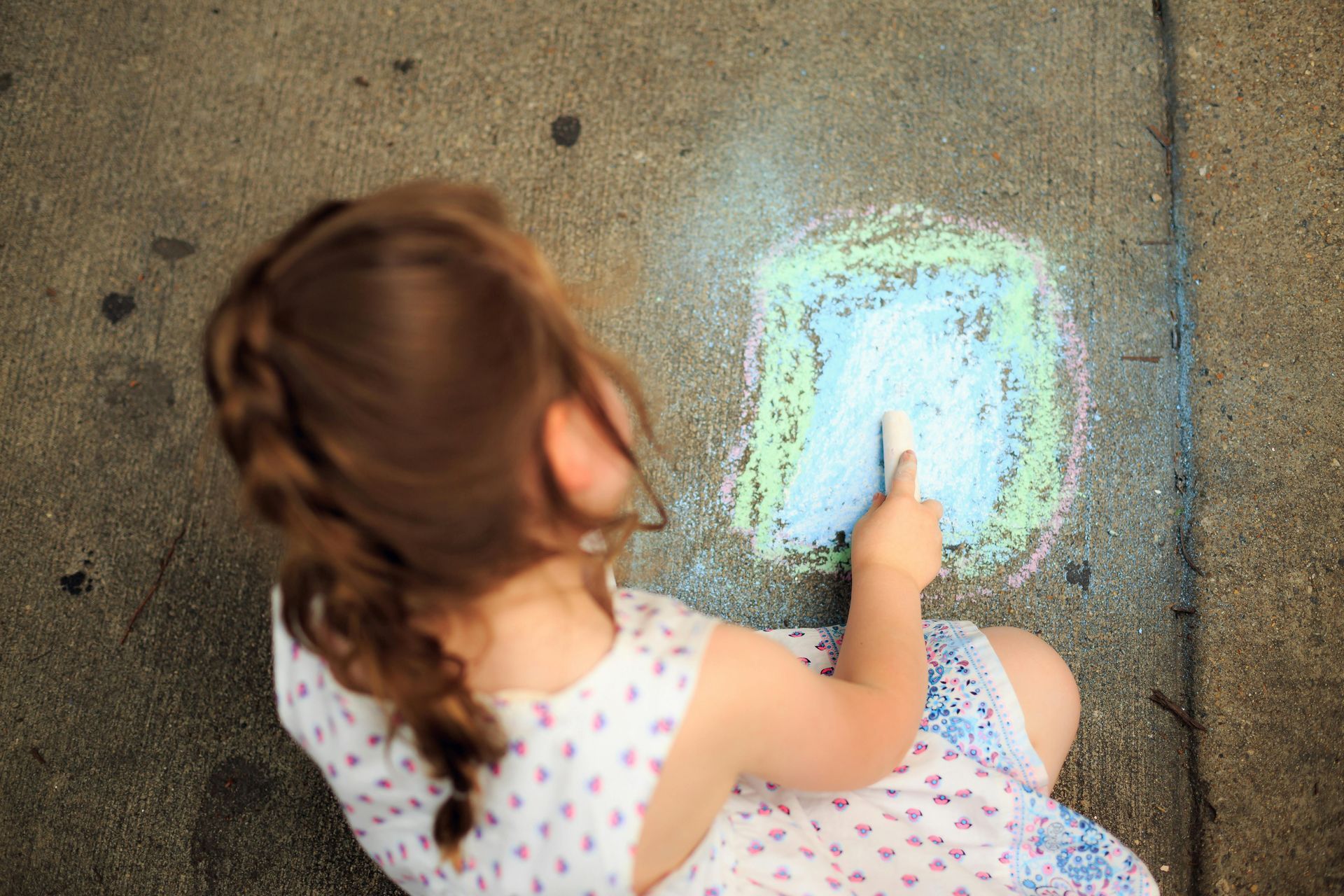Potty Training Part 2: Approaches, Timelines, and What Actually Works
Potty training can feel like one of the biggest parenting hurdles in the preschool years. If you’ve already read our first post—Potty Training Without Pressure at TBOP—you know we believe that every child is on their own timeline. And we mean it.
But once your child starts showing interest, many parents wonder: What’s the best way to actually do this?
There’s no one-size-fits-all approach—but there are several popular potty training methods out there. And at Temple Beth Or Preschool, we’re here to
meet you and your child wherever you are in the process.
Popular Potty Training Methods (and How They Work)
1. Child-Led (a.k.a. “Wait Until They’re Ready”)
This method is all about tuning into your child’s cues and letting them take the lead. Parents gently introduce the potty, offer encouragement, and wait until the child shows consistent signs of readiness—like staying dry for longer periods, showing interest in underwear, or telling you they need to go.
Why it works: Less pressure, fewer power struggles
What to watch for: Progress may take longer—but it tends to stick
2. The 3-Day Method
A more intensive approach where you spend 2–3 days at home in underwear (or “commando”), watching for signs your child needs to go and rushing them to the potty when needed. Accidents are expected, but the idea is that by staying consistent and focused, kids build awareness quickly.
Why it works: Great for kids who are developmentally ready
What to watch for: Can be stressful if your child’s not quite there yet
3. Routine-Based (Preschool-Friendly)
This approach builds potty time into the daily routine—sit after meals, before leaving the house, after nap, etc. It’s predictable, low-stress, and ideal for children who thrive on structure.
Why it works: Helps kids make the potty part of their normal day
What to watch for: May require more time to click, but great for school settings
4. Hybrid or “Let’s See What Works”
Honestly? This is what most families end up doing. A little child-led, a little routine, a little “whoops we forgot underwear today!” There’s no right or wrong combo—as long as it works for your child and feels sustainable for your family.
How We Support Potty Training at TBOP
At TBOP, we partner with families to extend whatever method you're using at home into the classroom—no judgment, no pressure.
Here’s what that can look like:
- Pull-ups? No problem.
- Going “commando”? Totally fine.
- Fully trained at home but nervous at school? We’ll support that transition with kindness and patience.
- Need visual reminders or potty timers? We can work with that, too.
We know that consistency and encouragement are the real keys to success—and we’re happy to be your teammates through this milestone.
A Few Pro Tips from Our Teachers
- Celebrate effort, not just results. (“You sat on the potty! That’s a big step!”)
- Avoid shame around accidents. They’re part of learning, not a setback.
- Model and narrate. Kids learn a lot just from hearing things like “I’m going to the bathroom so my body feels good.”
- Stay flexible. There might be regression after illness, travel, or big changes—and that’s okay!
You’re Doing Great
Seriously. Potty training is messy, unpredictable, and full of moments where you wonder, Is this ever going to click?
It will. And in the meantime, we’ll be here—helping your child build independence, confidence, and the joy of saying, “I did it myself!”

